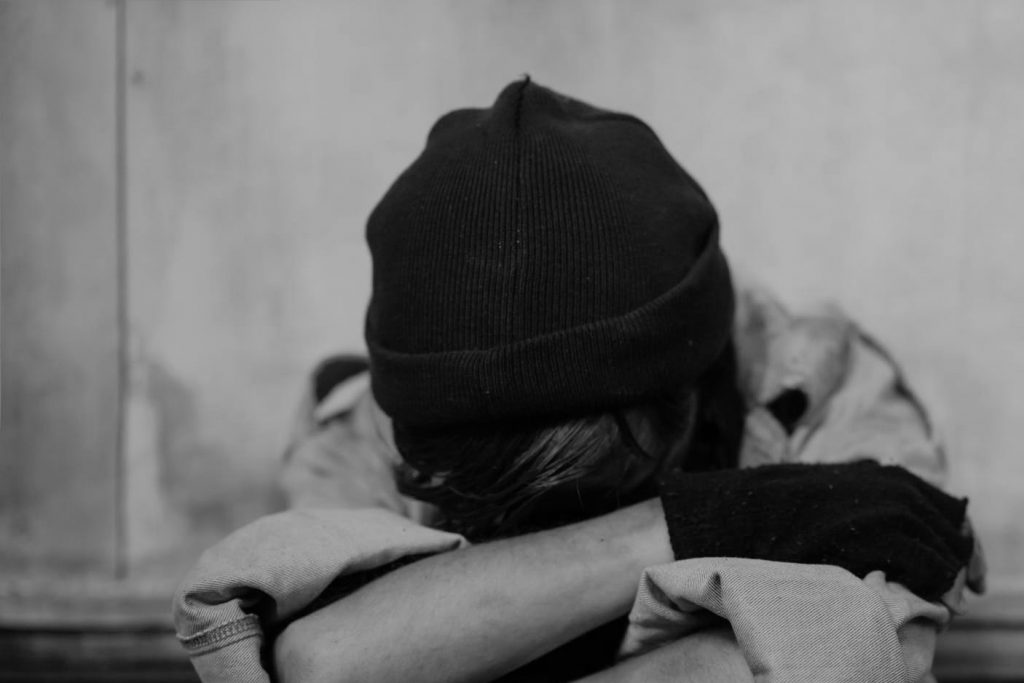In 2018 Larry Nassar, a 54-year-old osteopathic doctor, was sentenced to prison for sexually assaulting at least 265 girls and young women, with complaints as early as the 1990s. All but one of the reported sexual assaults were perpetrated during a “medical exam.” He held prestigious positions at Michigan State University and with the USA Gymnastic team and was a doctor for Olympic athletes. His trial was national news for weeks.

It is important to remember that sexual assault is much more than rape. “Sexual abuse does not have to involve penetration, force, pain, or even touching,” according to Stop It Now. “If an adult engages in any sexual behavior (looking, showing, touching) with a child to meet the adult’s interest or sexual needs, it is sexual abuse. Most often sexual abuse is a gradual process and not a single event.”
Sexual abuse will happen to one in four girls and one in six boys before the age of 18. Most of these situations will not make the news. These victims will sit beside us on the bus, or in the pew at church during worship. Most often they have been abused by someone they trusted.
In 93% of child sexual abuse cases, the child knows the person that commits the abuse, and in 47% of the cases the perpetrator is a close or extended family member. Sexual abuse is more than sexual. It is the abuse of power, trust, innocence, and relationships. Sexual abuse not only can harm the child’s sexual development and future sexual relationships, it can also harm their ability to trust others, especially others who are close to them.
Sexual abuse is more than sexual. It is the abuse of power, trust, innocence, and relationships.
In his book Abused Boys, Dr. Mic Hunter says there are two broad categories of abuse. One is overt sexual abuse where there is no attempt to hide that it is sexual, but often an attempt to deny that what is being done is abusive.
The second category is covert abuse. This is, according to Hunter, “more insidious, and therefore harder to identify, because the sexual nature of the action is disguised. The person acts as if he or she is doing something nonsexual (like the Nassar case), when in reality he or she is actually being sexual.”

Hunter continues to explain, “The betrayal is twofold: the child is abused and then deceived about it. It is this dishonesty that can make covert abuse difficult to identify and therefore difficult to recover from. The victim is led to believe that the event was not sexual, that he has not been abused, and that he should not trust his emotions or perceptions of those around him.”
Sexual abuse is more than sexual. It is the abuse of trusted relationships and power. It happens in secrecy and silence. It is estimated that 62% of children who are sexually abused never speak up and tell their stories. Why?
Editor’s note: After allegations of misconduct at Dock Mennonite Academy became public in March, Mosaic Conference received requests to provide resources for pastors and youth leaders to understand and lovingly respond as congregational members shared stories of trauma and abuse from their own lives. This is the second in a series of four articles by John Drescher-Lehman, LCSW designed to provide information on abuse-related trauma and guidance for pastors and congregations who desire to foster openness and healing.
Resources for Trauma Series
by John Drescher-Lehman, LCSW
- Part 1: This Can’t be Happening
- Part 2: Sexual Abuse is More than Sexual
- Part 3: Disclosing Abuse Takes (Y)ears
- Part 4: Recovery for All
The opinions expressed in articles posted on Mosaic’s website are those of the author and may not reflect the official policy of Mosaic Conference. Mosaic is a large conference, crossing ethnicities, geographies, generations, theologies, and politics. Each person can only speak for themselves; no one can represent “the conference.” May God give us the grace to hear what the Spirit is speaking to us through people with whom we disagree and the humility and courage to love one another even when those disagreements can’t be bridged.
